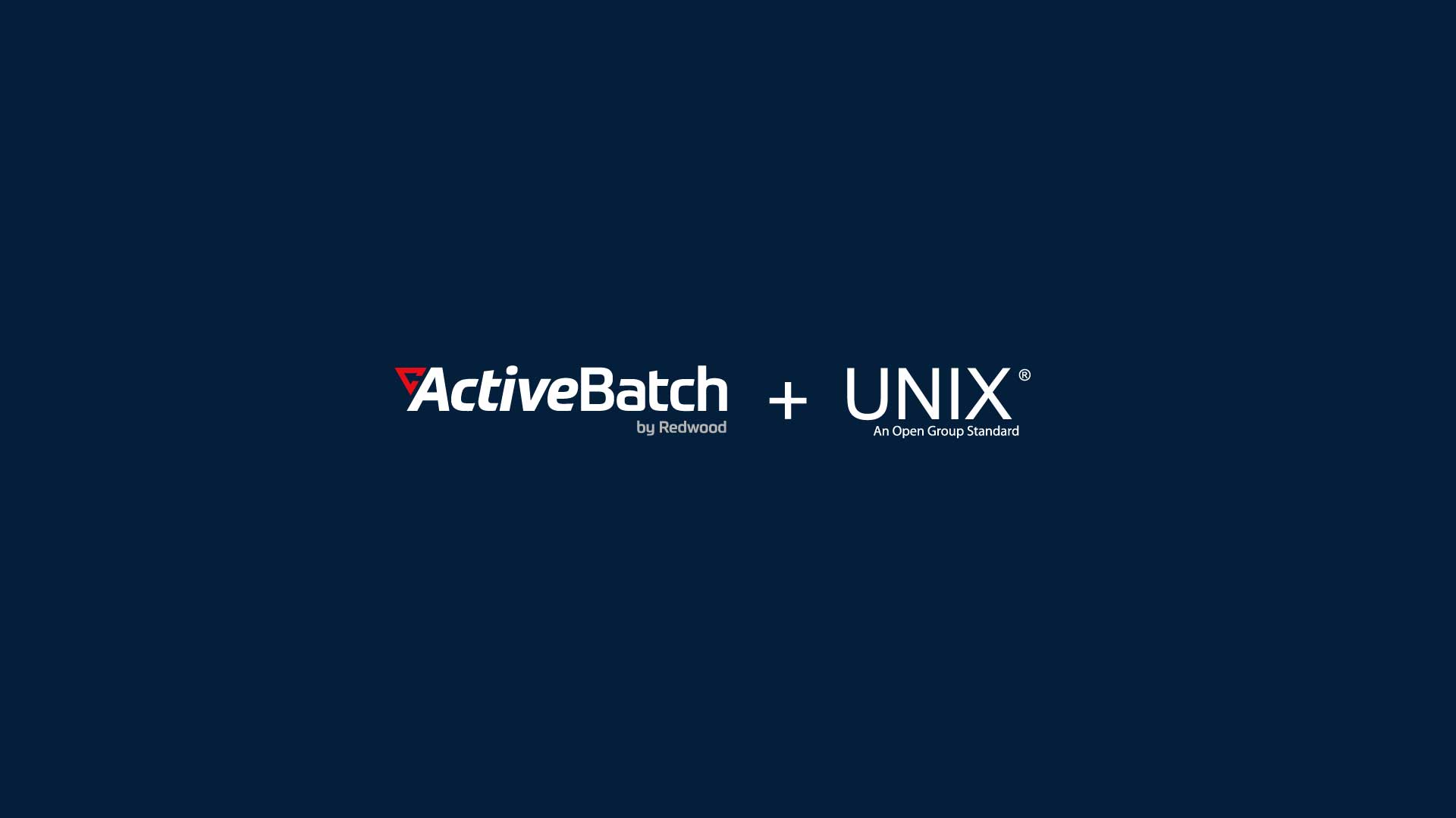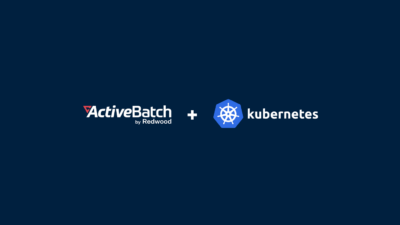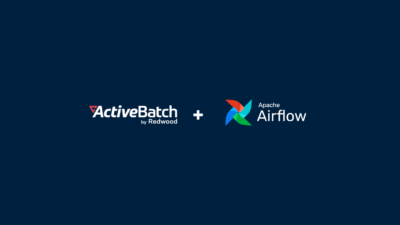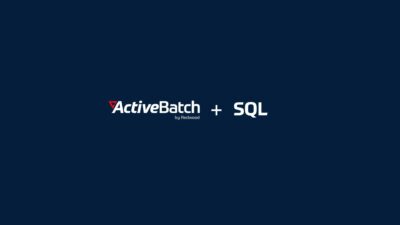Job Scheduling with Unix: Is Cron the Only Option?
Learn about the available tools for job scheduling with Unix, including cron jobs and ActiveBatch for workload automation. Optimize workflows in Linux by scheduling tasks to run automatically.

Unix is a powerful and versatile operating system that has been a favorite among system administrators and developers for decades because it’s robust and flexible.
One of the key features of Unix is its ability to schedule and automate various tasks. This allows users to optimize their workflows and increase productivity. For many, Cron is the first tool that comes to mind when thinking about job scheduling with Unix. But is it the only option?
In this article, we will explore the foundations of Unix as an operating system and the available options for scheduling tasks, including the popular Cron tool and some alternatives.
What is Unix?
A family of operating systems originating in the 1960s, Unix has evolved into various popular operating systems, including Linux.
Unix is known for its multi-user and multi-tasking capabilities. It offers a command line interface enabling users to interact with the system through a shell like Bash, providing powerful control over system resources and tasks.
Unix vs Linux
The names Unix and Linux are often used interchangeably, but they are not the same thing. Unix is an operating system family that includes various proprietary versions, including the Linux system.
Linux is an open-source Unix-like operating system. It’s based on the Unix philosophy and shares many similarities. Linux is a popular choice for both personal and enterprise use. In fact, Statisa has reported 47% of professional developers are using Linux-based operating systems globally in 2023.
Job Scheduling with Unix
For an effective workflow, it’s essential that system admins have the ability to schedule tasks to run at specific times or intervals. Unix provides a reliable solution for job scheduling, primarily through Cron. Cron is a time-based job scheduler that runs tasks automatically on a predefined schedule. It uses a simple and flexible syntax to specify the timing and frequency of tasks.
How to Schedule Tasks with Cron Jobs and Crontab
Cron jobs are scheduled tasks that can be created and managed using the crontab command. The crontab command allows the current user to view, edit, and delete the cron jobs associated with their user account.
To create a new cron job, open the user crontab file with a text editor and add an entry specifying the command, or job, to be executed, and the scheduled time for when the job should run.
The schedule of a cron job is defined using five fields: minute, hour, day of the month, month, and day of the week. Each field can have specific values or use special characters like asterisks (*) to represent all possible values. For example, the following command schedules a job to run every day at 3:00 PM:
0 15 * /path/to/script.sh > /dev/null 2>&1In the above example, the script located at /path/to/script.sh will be executed at 3:00 PM every day. The > /dev/null 2>&1 code will redirect the output of the script to /dev/null, effectively discarding it. This is done to prevent unnecessary email notifications.
Cron jobs can be used to perform a variety of common tasks, like running shell scripts, executing Linux commands, scheduling SQL backups, and more. It’s important to ensure that the permissions are set correctly for the user account, cron job, and associated files, and to monitor log files for potential issues.
The cron.allow and cron.deny files control user access to cron and provide the necessary permissions for to schedule tasks. The cron.allow file lists the users allowed to schedule cron jobs, and the cron.deny file lists users that have been denied access. The sudo command can be used to switch to the desired user account.
Workload Automation with ActiveBatch
While Cron is a powerful tool for job scheduling in Unix, it may not meet the advanced automation needs of all organizations, especially large enterprise teams. ActiveBatch is an alternative workload automation solution that provides enhanced capabilities for scheduling and managing complex workflows across multiple systems.
ActiveBatch offers drag-and-drop scheduling to simplify the process of defining and managing job schedules. It allows users to create dependencies between tasks, set up notifications, and monitor job status through a centralized dashboard. ActiveBatch supports various operating systems, including Unix and Linux distributions like Debian and Ubuntu.
With ActiveBatch, admins can schedule tasks to run at specific times or in response to events. They can also create sophisticated workflows by chaining multiple tasks together, passing data between them, and incorporating conditional logic. ActiveBatch integrates with databases, enterprise applications, and other systems for seamless end-to-end automation.
The ActiveBatch resource library is filled with helpful case studies, product tutorials, and more for getting teams up and running quickly.
Frequently Asked Questions
Both cron jobs and ‘at’ jobs are used for job scheduling in Unix-like operating systems, but they differ in foundational elements and functionality.
Cron jobs are recurring and can be scheduled to run repeatedly, like every minute, hour, day of week, day of month, week, or month. They are typically used for tasks that need to be executed on a regular basis like system maintenance, backups, or data synchronization.
Cron jobs are managed using the crontab command, which allows crontab entries and cron jobs to be created, modified, and deleted based on the user account. Cron jobs are defined in a crontab file that contains the schedule and command to be executed. Cron jobs are stored in the system’s cron directories and executed by the cron daemon at the scheduled times.
Unlike cron jobs, ‘at’ jobs are designed for one-time, delayed job scheduling. They make it possible to schedule a task to be executed at a specific time in the future, rather than on a recurring basis. ‘at’ jobs are useful for performing a task once or at a specific moment in the future, like running a shell script at a particular date and time or executing a command after a delay.
‘at’ jobs are stored in the system’s ‘at’ spool directory and executed by the ‘at’ daemon to run at the scheduled time. Once the job is complete, notifications are sent to the current user with the output of the job.
Compare cron job scheduling and at jobs with ActiveBatch for workload automation.
In Unix operating systems, the crontab command is used to create, edit, and manage cron jobs associated with a user account. The word “crontab” is short for “cron table,” which is a configuration file that contains the schedule and commands for the user’s cron jobs.
The crontab command allows users to view their existing cron jobs, edit them, or remove them as needed. By using a text editor, the crontab file can be modified to specify the timing and command for each job. It’s important to ensure the syntax and permissions of the crontab file are set correctly to avoid issues with job execution.
See how ActiveBatch improves the experience of job scheduling with Unix compared to cron jobs.







